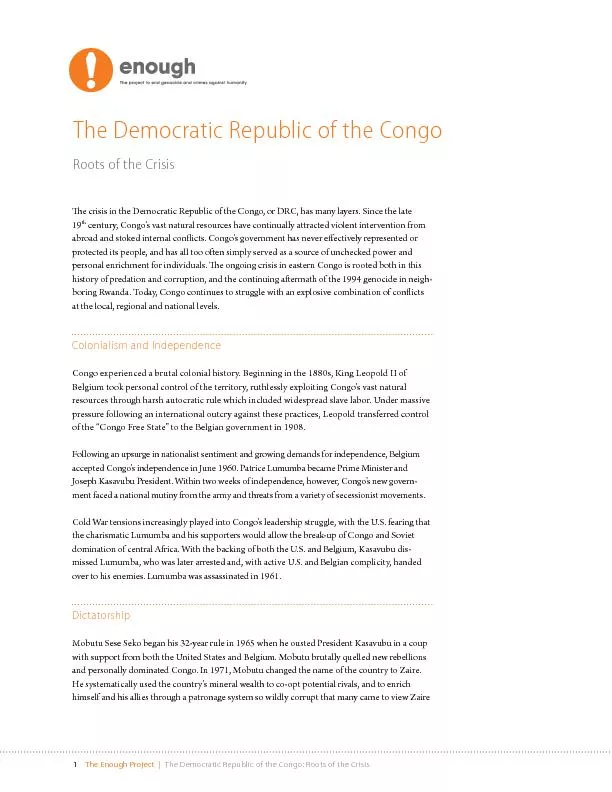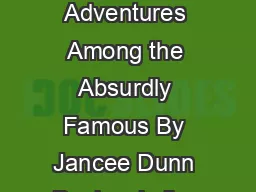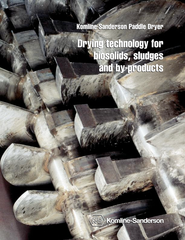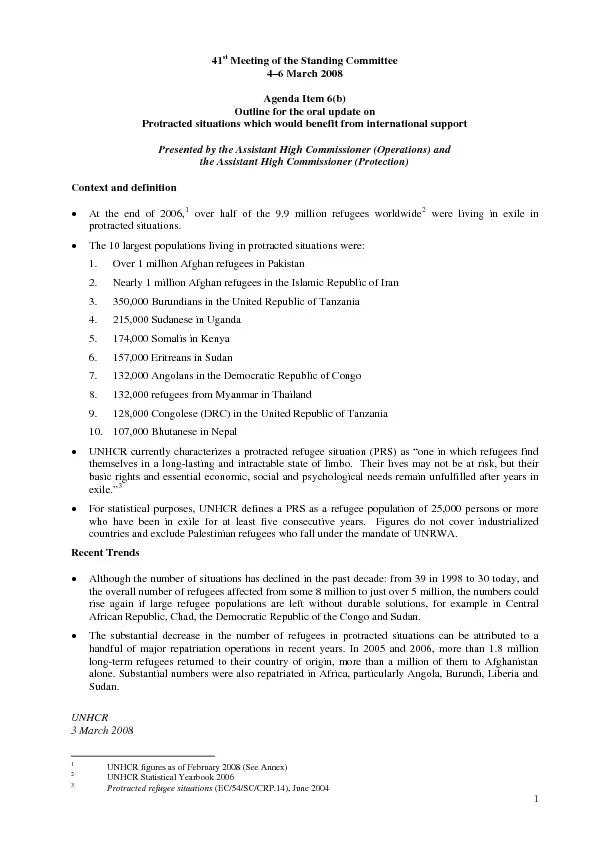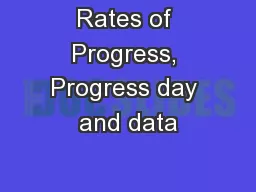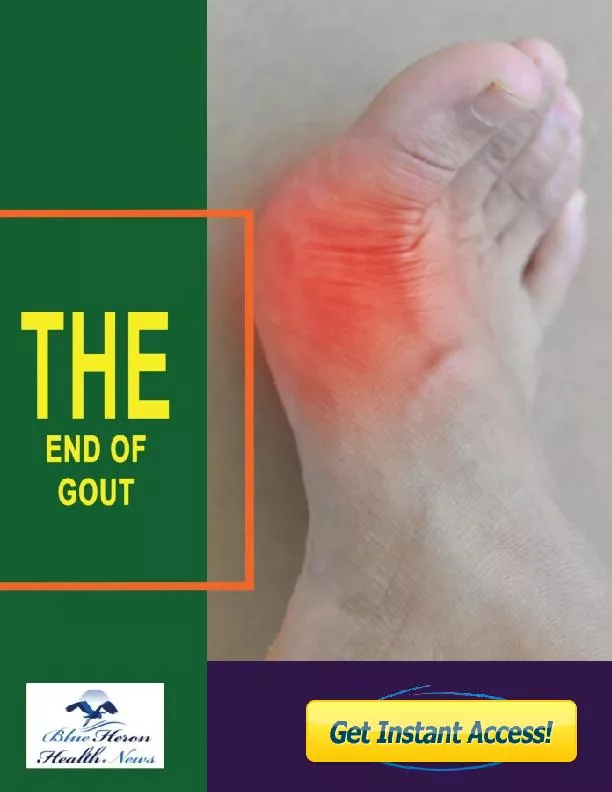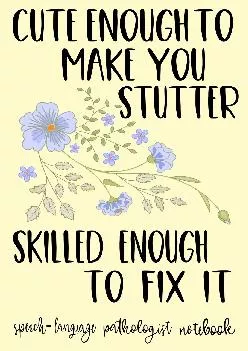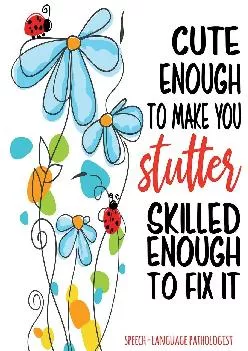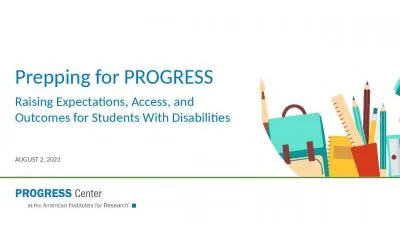PDF-Enough is a project of the Center for American Progress to end genocid
Author : cheryl-pisano | Published Date : 2016-05-22
1225 EYE StrEEt NW Suit 307 Wahigto DC 20005 tEl 2026821611Fax 2026826140 WWWENoughprojECtorg The Enough ProjectThe Democratic Republic of the Congo Roots of the
Presentation Embed Code
Download Presentation
Download Presentation The PPT/PDF document "Enough is a project of the Center for Am..." is the property of its rightful owner. Permission is granted to download and print the materials on this website for personal, non-commercial use only, and to display it on your personal computer provided you do not modify the materials and that you retain all copyright notices contained in the materials. By downloading content from our website, you accept the terms of this agreement.
Enough is a project of the Center for American Progress to end genocid: Transcript
Download Rules Of Document
"Enough is a project of the Center for American Progress to end genocid"The content belongs to its owner. You may download and print it for personal use, without modification, and keep all copyright notices. By downloading, you agree to these terms.
Related Documents

